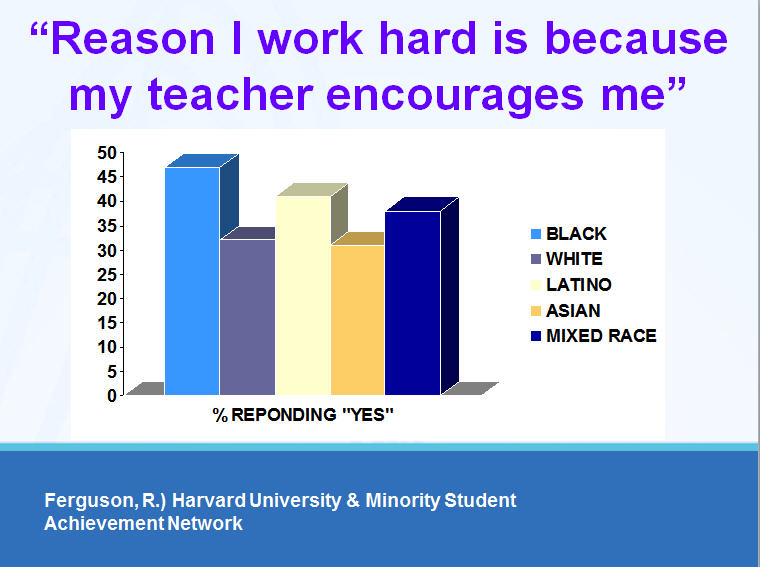I have just attended an excellent webinar by Dr. Michael White about how to teach better and specifically how to best engage students. In this one hour webinar, Dr. White stressed three things:
- The most immediate issue is not low student achievement, but student disengagement
- The most important thing in effective classroom management is the rapport the teacher has with the students, and to that end he quoted Robert Marzano saying “the quality of relationships teachers have with students is the keystone of effective classroom management and perhaps the entirety of teaching” (Robert Marzano in The Art and Science of Teaching)
- The assignment of grades
Dr. White used a multitude of examples to show what is important to school-aged students, and how to leverage these interests to engage them. The example that sticks the most in my mind was his questioning the webinar participants as to what 9th grade boys would want to know about Pearl Harbor. The answers we gave ( I suggested what kind of aircraft the Japanese were flying), ranged from what kind of ships were bombed to what kind of bombs were dropped and how many lives were lost. However all were surprised at the answer which was “were there any ninjas?”
The importance of ‘engaging hooks was another thing that was stressed. Every lesson should begin with an engaging scenario, and the activity should be introduced by something meaningful to the students. To me this was an important item that I wanted to pass on to all those teachers who are creating videos for our Flipforlearning system. As videos for a flipped class or a blended classroom need to really engage the students and it is far easier to create an engaging hook in a video lesson than it is when standing in front of the class. Back in my teaching days, I used to start all my classes off with a joke that typically related somehow to the activity for that lesson. Today, it is much easier as there are animation/cartoon tools and the web is chock full of things that can be used as engaging hooks.
Much of the discussion in the webinar was about grade assignment, and Dr. White gave the scenario of a student who had almost a dozen possible assignment/test scores where 3 were missing and the rest were between 70 and 100. We were asked what the final grade should be “in other words how much or how little were those 3 missing scores to count for?” Some wanted missed assignment/test to count as bringing the final grade way down. Others wanted the missing scores to be worth 50 each, while yet another scenario was to not even count them.
Dr. White used the typical grading practices (which he termed “Toxic”), to be a major cause of student disengagement. He stated, and I quote:
Another cause of student disengagement might be something much more basic than teaching techniques. It might be the way in which we assign grades. Over the last twenty-some years, I have heard far too many students defend their disengagement by saying, “I’m not going to pass this class anyway, so why should I try?” or “This class is stupid.”
From this juncture I myself posed the solutions that Robert Marzano professes and that standards-based grading should be used, and that here in Ontario Canada, our grades are based on ‘most consistent’ and ‘most recent’, and to my surprise, there was a lot of agreement on this method of grading, and the advantages it has for keeping students engaged.
There were 2 slides that really hit home:

and

The last part of the session was about teachers getting feedback, and the statement that “In too many schools educators only share the parking lot and the refrigerator.” This statement made me think of the description of teaching as the “egg-carton profession,” and I pointed out that iCoach solves this problem by making it easy for teachers to give each other feedback from self-made videos.
The value of the Marzano Standards-based Grade Book was reinforced from the discussions we had in this webinar, and that support given by Dr. White’s personal experiences with “Toxic scoring” vs Standards-Based Assessment.
